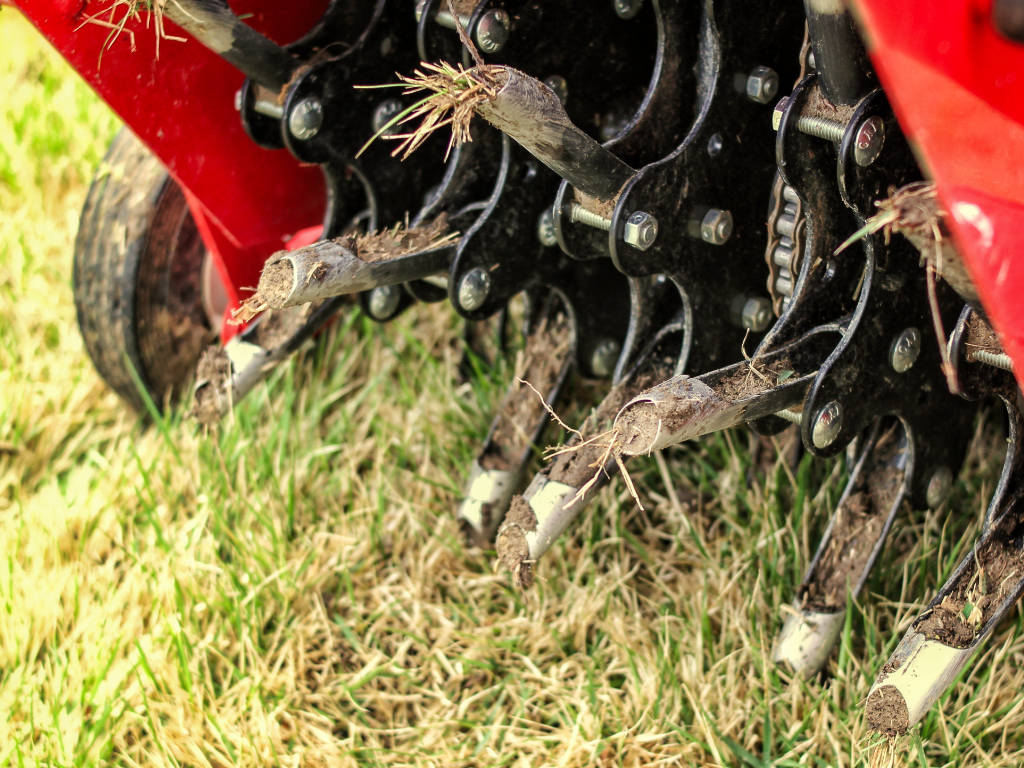Soil aeration refers to the process of ensuring adequate air movement within the soil, which is critical for healthy plant growth. It involves creating pathways for oxygen to reach plant roots while allowing carbon dioxide to escape. This balance is vital for root respiration, microbial activity, and overall soil health.
Well-aerated soil facilitates water infiltration and nutrient absorption, directly impacting crop productivity. Soil types like sandy soils naturally aerate well, while clay-heavy or compacted soils often struggle with poor oxygen flow. Ensuring proper aeration enhances root growth, minimizes stress, and boosts plant resilience against environmental challenges.
Signs of Poor Soil Aeration and Its Impact on Crops
Compacted or poorly aerated soil can exhibit telltale signs, such as water pooling on the surface, slow drainage, and a dense, crusty appearance. Crops growing in such conditions may show stunted growth, yellowing leaves, or reduced yields due to restricted root systems.
Inadequate aeration can also harm soil microbial life, reducing organic matter decomposition and nutrient availability. Over time, poorly aerated soil deteriorates, becoming prone to erosion and further compaction, leading to a cycle of declining productivity.
Techniques to Improve Soil Aeration on Your Farm
Farmers can adopt various techniques to improve soil aeration and create healthier growing environments:
- Tillage Practices: Periodic tilling helps break up compacted layers, promoting oxygen flow.
- Aeration Tools: Soil aerators or spiked rollers create air channels in compacted soil.
- Organic Amendments: Adding compost or organic matter improves soil structure and microbial activity.
- Cover Crops: Deep-rooted crops naturally loosen soil layers over time.
- Controlled Traffic Farming: Restricting machinery movement prevents compaction in growing zones.
Long-Term Benefits and Practices
Proper soil aeration offers numerous long-term benefits for agricultural practices. It fosters stronger root systems, enabling crops to access water and nutrients more efficiently. This improved nutrient cycling leads to higher yields and better water-use efficiency, helping farmers optimize resources. Additionally, aerated soils enhance drainage, reducing the risk of waterlogging and promoting healthier crop development.
Over time, well-aerated soils contribute to sustainable farming by supporting carbon sequestration and improving soil structure. This not only mitigates climate stress but also reduces erosion risks, preserving the land’s productivity for future use. By maintaining aerated soil, farmers can achieve resilient and environmentally friendly farming systems.
Looking for Simple-to-Use Farm Management Software 🤔
AgNote provides farmers with tools to monitor soil health, moisture levels, and field conditions. With AgNote, you can track soil aeration improvements and optimize management strategies to ensure long-term productivity. Sign up for a 7-day free trial to revolutionize your farm operations today.
